Asparagus is a perennial plant whose young leaves can be grown to be green, white, or purple and eaten. Find out more about the different kinds of asparagus and how healthy they are.
What Is Asparagus?
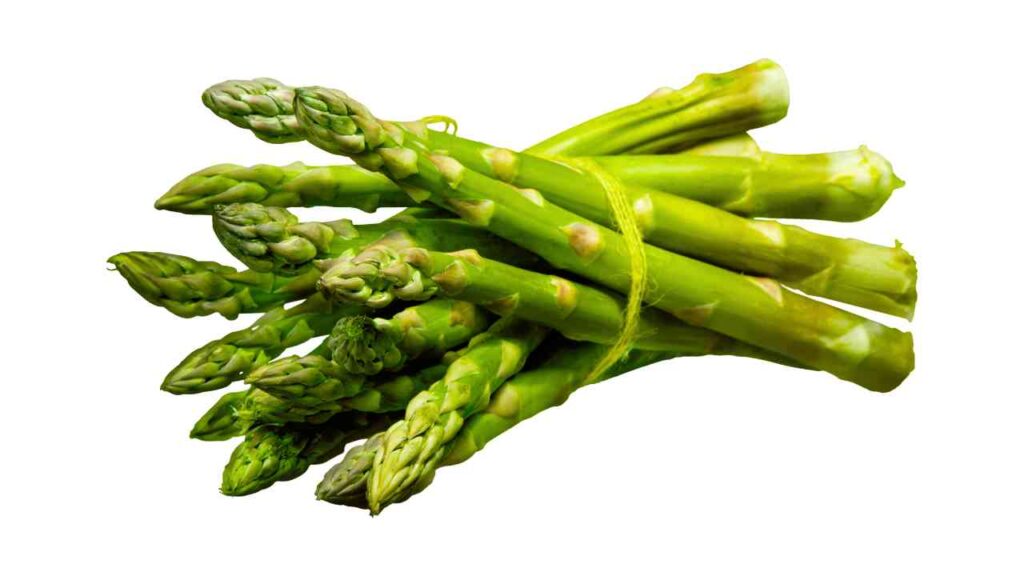
The plant Asparagus officinalis L. is commonly known as asparagus. It is an annual flowering plant that is best known for its edible young shoots. It used to be that asparagus trees were in the lily family (Liliaceae), but now they are in the angiosperm family (Aparagaceae).
Asparagus grows naturally in sandy soils and mild Mediterranean settings. It is sometimes called “sparrow grass.” Asparagus is grown in places as far north as Germany and as far south as New Zealand and Peru.
When they are fully grown, asparagus plants can be up to seven feet tall and look like flowers. This plant is officially known as Asparagus setaceus. In some parts of Australia, people cultivate asparagus ferns solely for their aesthetic appeal, while others spread rapidly.
People have eaten wild asparagus and yard asparagus for a very long time. It’s pretty to grow asparagus in your own garden, but new plants need a year to get their roots established before you can gather the vegetables.
Food Facts for Asparagus
Asparagus is a healthy food that is high in folate, potassium, and vitamins C, A, and K. The amino acid asparagine gets its name from the veggie asparagus because it is found in large amounts in it.
What Is the Difference Between Male and Female Asparagus?
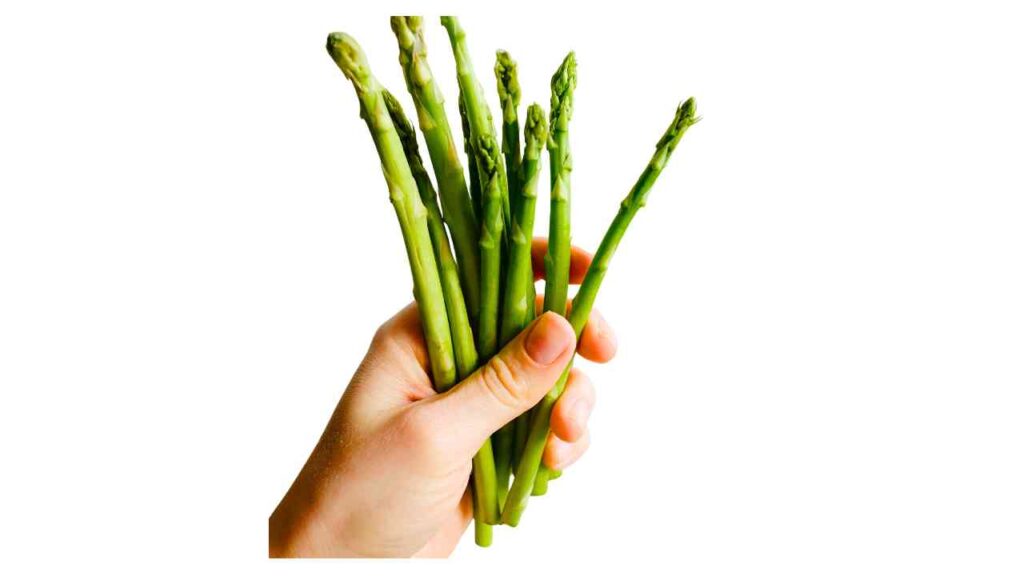
It is a dioecious plant species, which means it has both male and female plants. Usually, female plants make seeds, and male plants fertilize them.
Male: Asparagus spears from male plants tend to be longer and thicker. Also, their flowers are longer and bigger. Their pistil is one, and they have six stamens.
Female: Asparagus trees that are female tend to be smaller. These plants have flowers with six pistils and stamens with three lobes. When their seeds get fertilized, they turn into small red berries.
Asparagus that is hermaphrodite is a male plant that has female parts and can fertilize itself.
3 Types of Asparagus
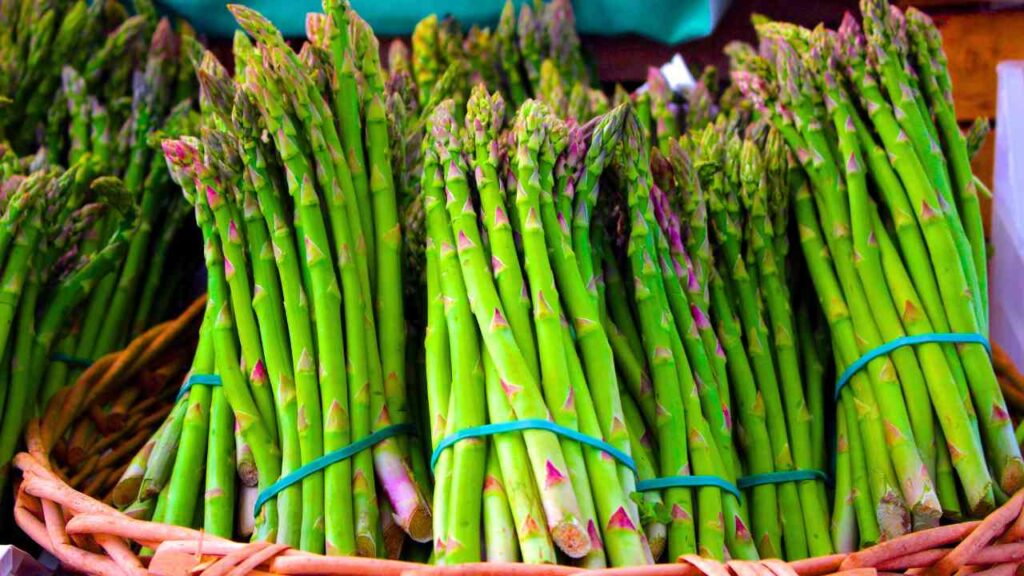
Usually, asparagus is put into groups based on the color of its spears.
“Green asparagus”: asparagus is the type you’ll most likely find at the grocery store. It is lighter than other types of asparagus. They are green because they have chlorophyll, which is useful for photosynthesis.
White asparagus: asparagus that is growing in the dark, which stops photosynthesis, is why it is white. Even though they are different colors, green and white asparagus taste the same.
Purple asparagus: This type is known to be the sweetest. The color comes from a lot of anthocyanins, which are chemicals that are found in many veggies and other plants. If you want to keep the color of your purple asparagus while making it as soft as possible, grilling or blanching it quickly is a beneficial option.
15 Kinds of Asparagus
There are many kinds, and each one has its own color, taste, structure, and hardiness. You can choose from four main kinds: wild, green, white, and purple. The other types of asparagus are specialty types that fit into one of the four main groups.
Asparagus plants can live up to 30 years, which makes them a wonderful choice for the vegetable yard. Some of them are only used for looks; you should never eat them because they are poisonous. Let’s look at each type.
Green Asparagus
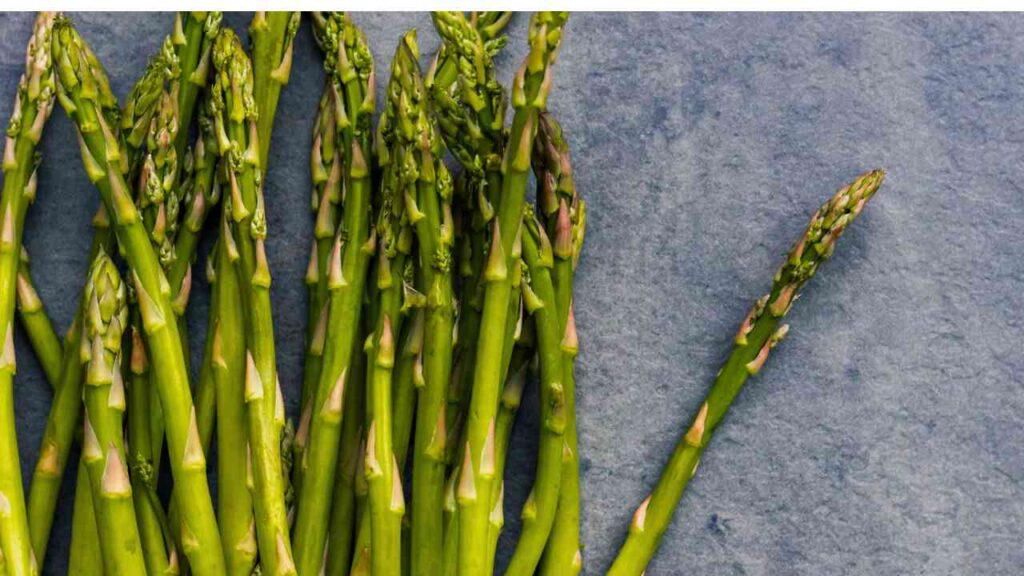
This is the type that you’ll most often find in grocery shops and vegetable patches around the world. That makes it one of the least expensive kinds out there. It’s a brilliant green, and when you cook it, it gets even brighter. The asparagus stems are out in the sun as soon as they break through the ground. This makes chlorophyll, which is what makes it green.
One of the healthiest kinds of asparagus is green asparagus. Some of the important nutrients that it has are potassium, beta-carotene, calcium, folic acid, and vitamins B and C. Plus, it has more fiber. It might be tougher if it has more fiber, but the fiber strands are less noticeable if you choose the bigger stalks.
White Asparagus
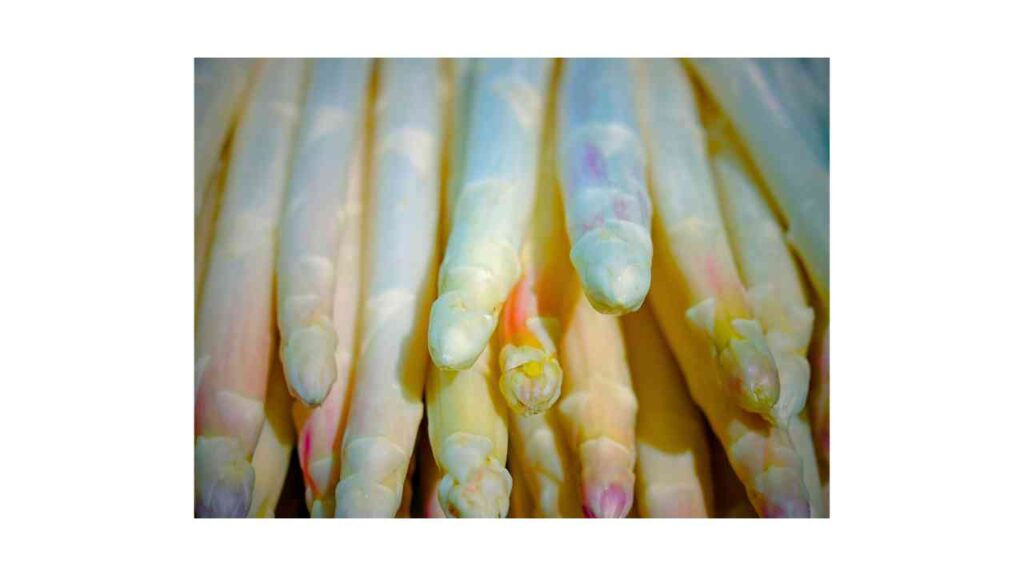
Green and white asparagus are pretty much the same, but the way they are picked is different. Farmers either pile more dirt on top of the crowns or cover the crops with black plastic. They are picked before they reach the ground. They can’t communicate with the sun, so they don’t get the green chlorophyll color. Because it can be harder and more woody than other kinds, peel it before cooking.
Because it needs more care to grow and can only be picked during certain times of the year, white asparagus is much more expensive than green asparagus. A second reason people are ready to pay more for white asparagus is that many people think it tastes sweeter than green asparagus. It’s not as common in the US as it is in Europe, where it’s a treat. Most of the time, it’s sold in specialty shops or in cans.
Purple Asparagus
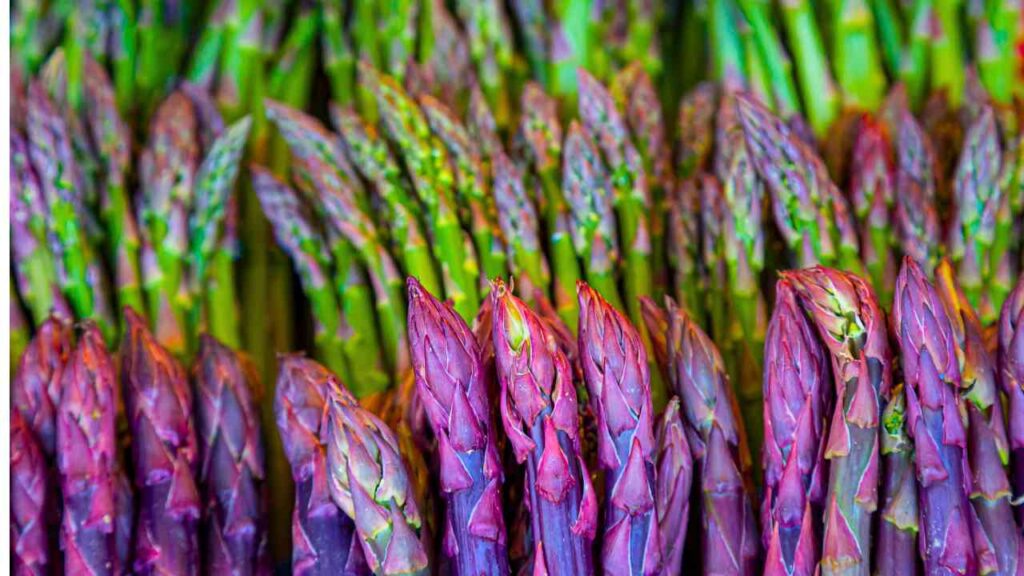
There are more reasons why purple asparagus is different from other kinds besides its color. It also has more anthocyanins, which are antioxidants that give it its purple color. Berries and other foods with lots of rich pigments also contain anthocyanins. These chemicals are beneficial for your health in many ways. Due to having less fiber, this type is also very soft.
The purple type of asparagus tastes a little nuttier and sweeter than the green kind. Mostly because it has about 20% more sugar. It was created for the first time in Italy, in the Albenga area. It turns green when it’s done. Most of the time, you can find it in specialty shops or at farmers’ markets.
Wild Asparagus
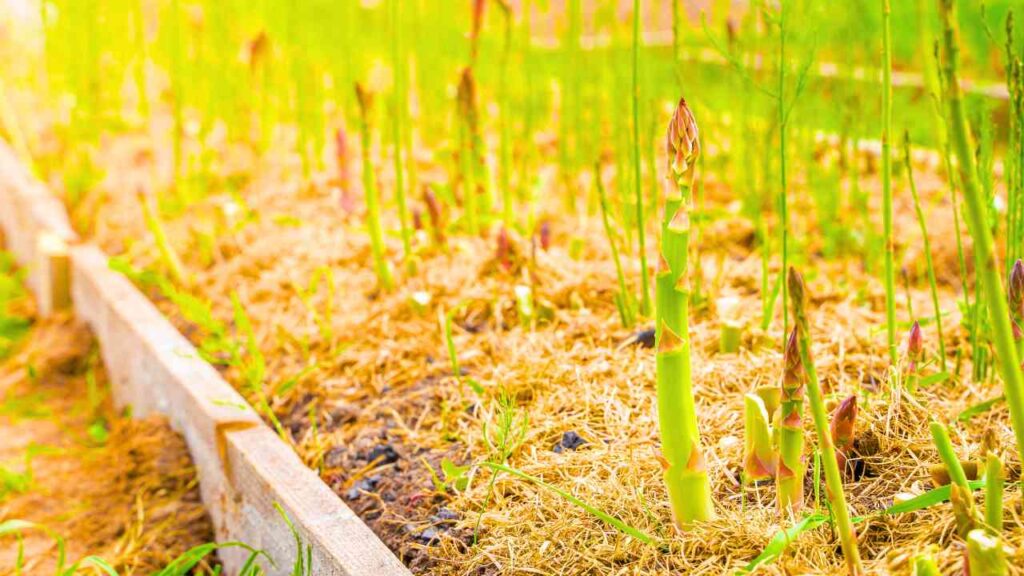
The wild part of the name of this type of asparagus tells you where you can find it. It’s simple to find if you know where to look. Just don’t tell too many people where to look. You can find wild asparagus in every state. But it is more often found near the coast, on dunes and rocks, and in places where it rains a lot.
The wild asparagus is much longer and thinner than the asparagus that is grown in gardens. Most of the time, the wild asparagus bush gets three feet long. You should not need to wear gloves when picking them because the thorns are soft. You should pick it early in the spring, just like any other asparagus. It tastes more mild. If you aren’t sure that it is wild asparagus, don’t eat it even though it looks a lot like green asparagus.
Apollo Asparagus
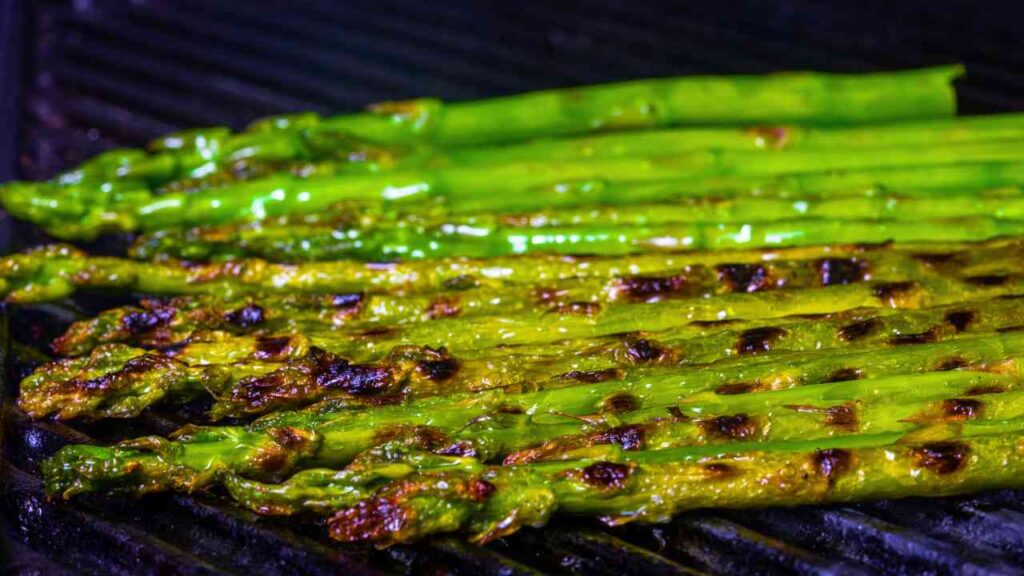
The Apollo asparagus is a type of green asparagus. It’s flexible because it can grow in both cold and warm weather. Some diseases and pests, like fusarium and rust, don’t hurt it much.
A lot of this type of asparagus is grown, and it is generally picked before other types. It’s a dark green color. and it looks smooth and interesting. The tips of some plants are a little purple. You can store a lot of Apollo asparagus for the rest of the year because it freezes well.
Atlas Asparagus
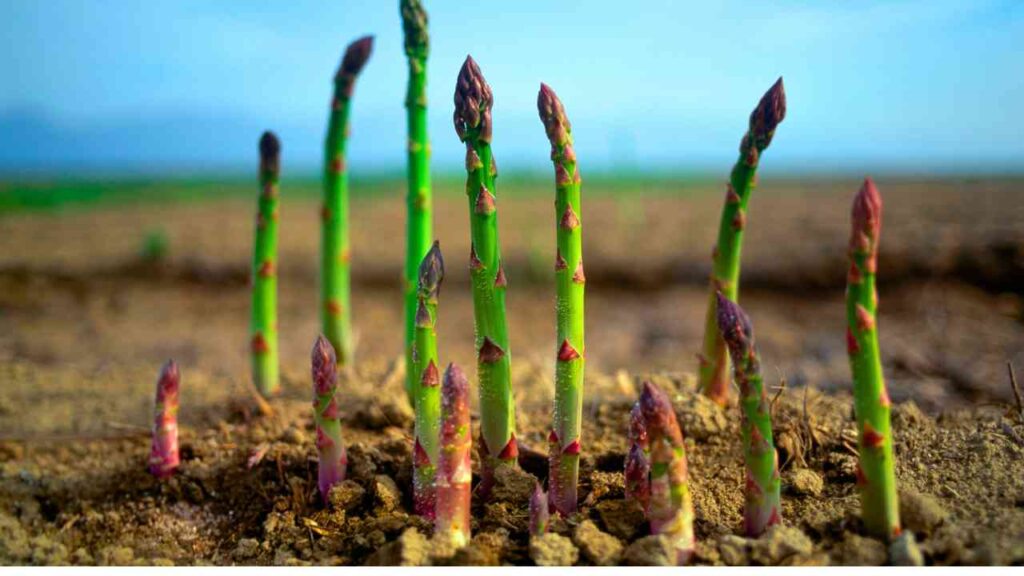
The Atlas asparagus grows well in both hot and cold places, but it does best between 45° and 85° Fahrenheit. So long as it gets six hours of sunshine every day. It can also handle dryness and both light and heavy frost. Atlas asparagus doesn’t get many diseases, and it can handle Fusarium very well. It is very strong, and the tips are a dark purple-green color.
Jersey Series Asparagus
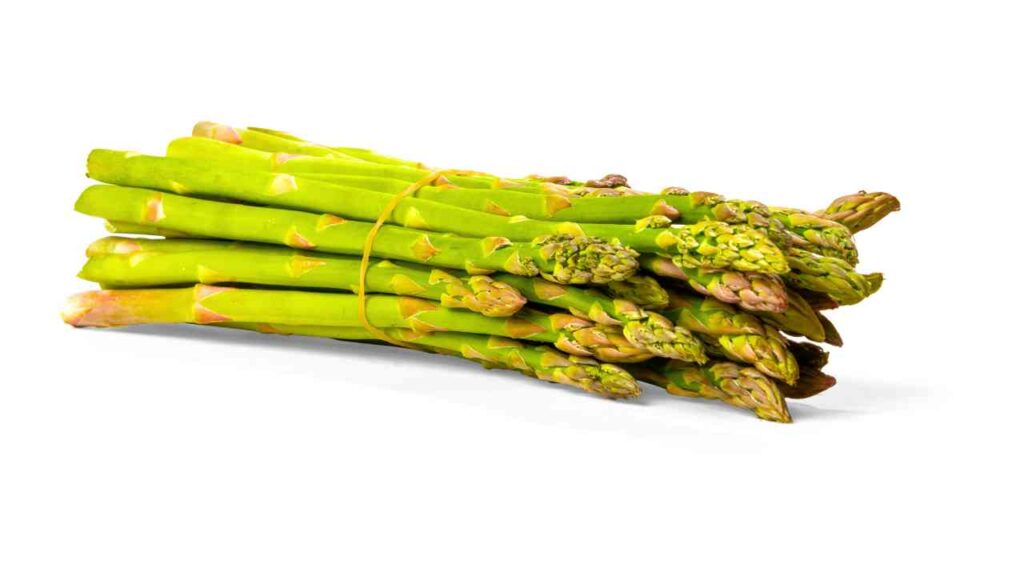
It comes in three different kinds: the Jersey Giant, the Jersey Knight, and the Jersey Supreme. All of the plants in the Jersey line are male, making it a hybrid variety.
Jersey Giant
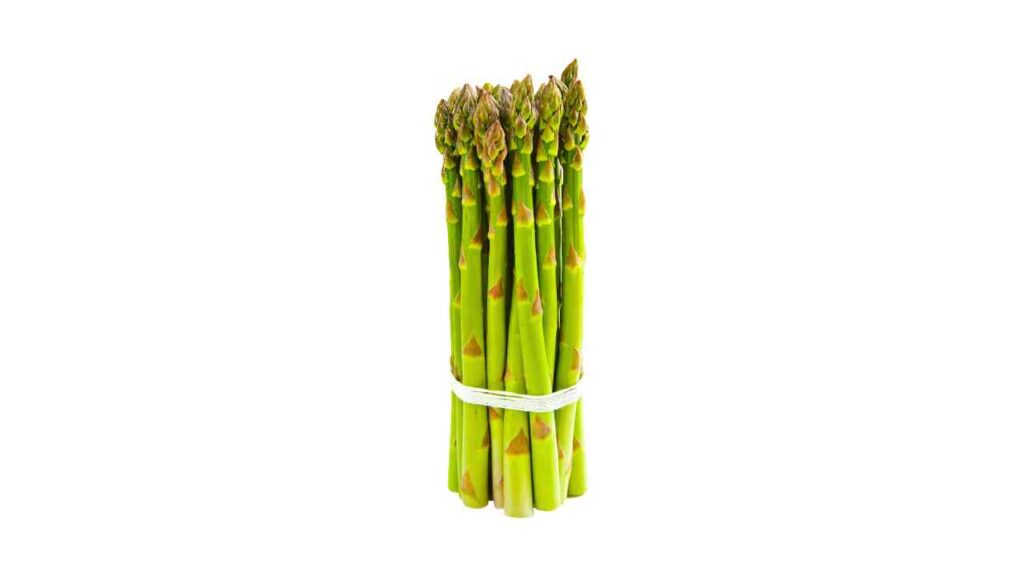
Most of the time, the Jersey Giant is seven to nine inches long. It tastes more meaty and strong than other types because its stalk is thick, which is why it’s called the Jersey Giant. It grows well in most areas, but zones 4 to 6 are where it works best. They’re fully grown in late spring, and they keep making stalks for years and years.
Jersey Knight
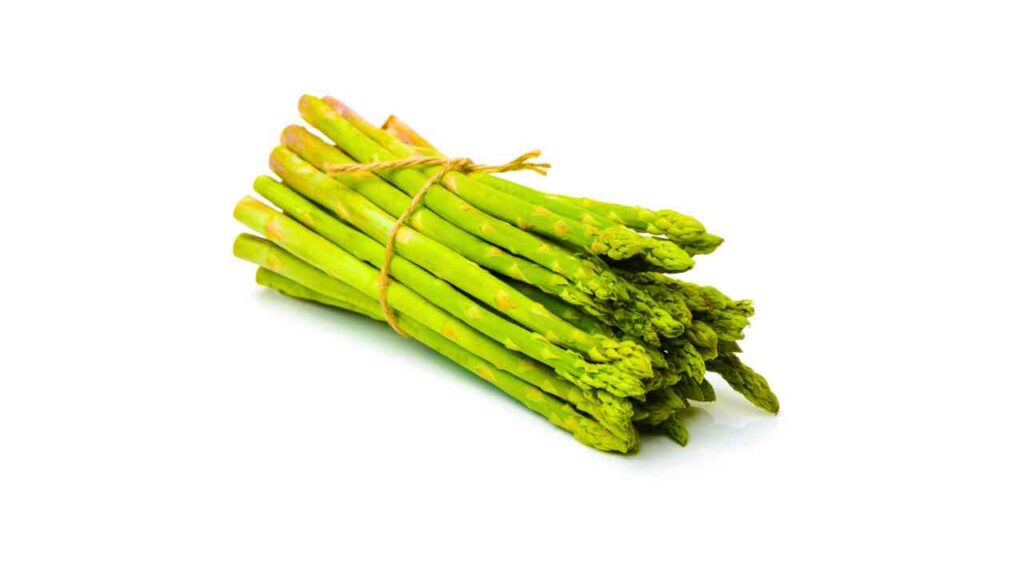
Another tough type of asparagus is the Jersey Knight, which doesn’t get many diseases. Among them are fusarium, crown rot, rust, and many more, which makes it a hardy type. It does well in zones 3 through 10, but it does best in warmer areas as well. It is known that the Jersey Knight variety has a lot of vitamins A, B6, and C.
Jersey Supreme
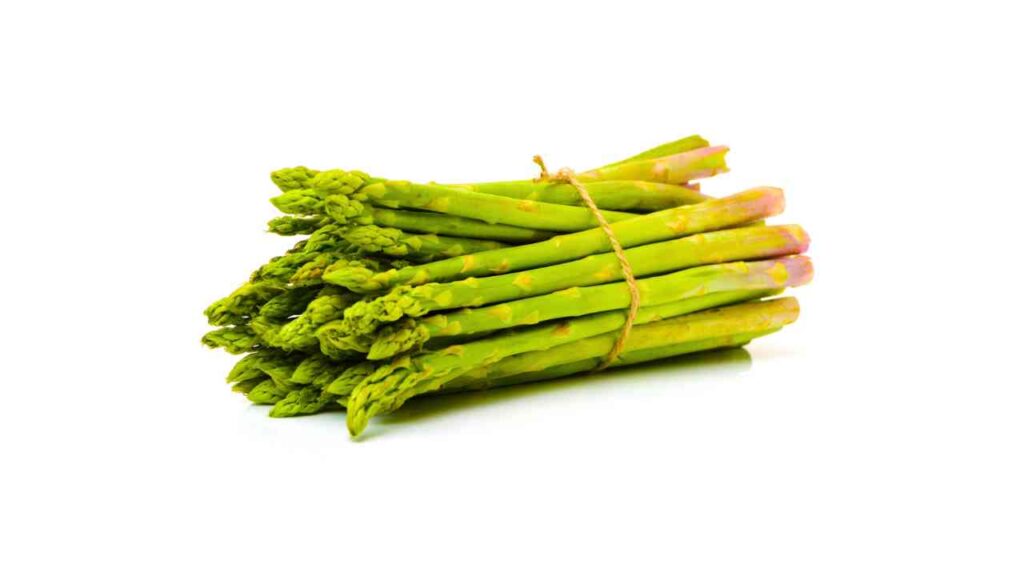
New to the Jersey Series is the Jersey Supreme. Many diseases can’t hurt it, especially rust and fusarium. If your land is sandy or has some sand in it, this variety is a wonderful choice.
Zones 3 through 8 are the best for this type of plant. It produces fruit earlier than the Jersey Giant or the Jersey Knight, making it an excellent option for those who cannot wait for those other varieties. It is a uniform variety that makes stalks that look better, and as it grows bigger, it makes more stalks.
Precoce D’Argenteuil Asparagus
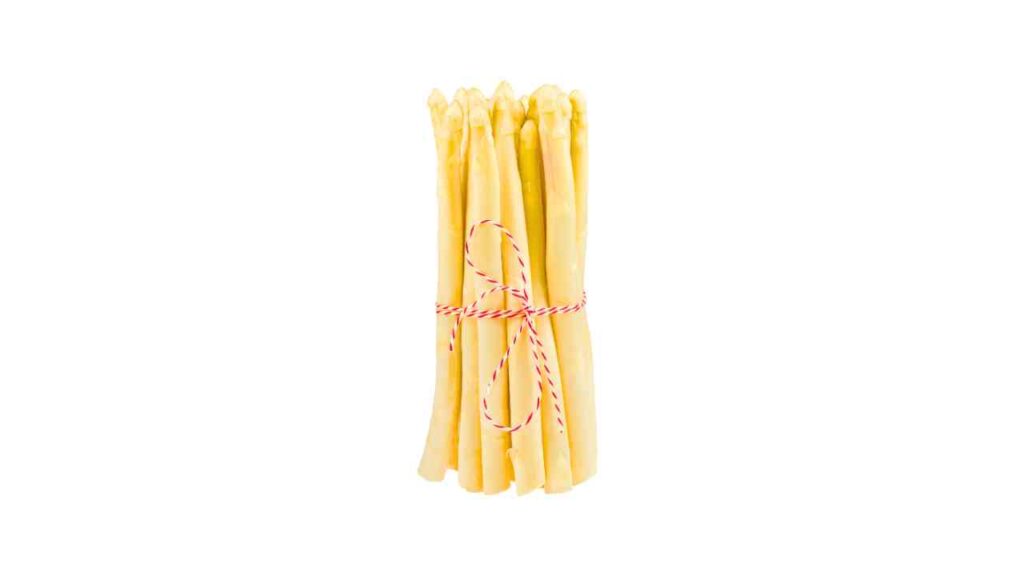
The Precoce d’Argenteuil comes from Europe and is very famous there. Part of its name means “early,” which makes it a wonderful choice for asparagus fans who don’t like to wait.
This type is an old one, and it tastes very sweet. The stalk is mostly very light green with some pale pink spots here and there. It looks very nice because the tips are a pretty pink color. It blooms quickly and starts to do well in its second year. This type does best in zones 5 to 8 and likes full sun.
Mary Washington Asparagus
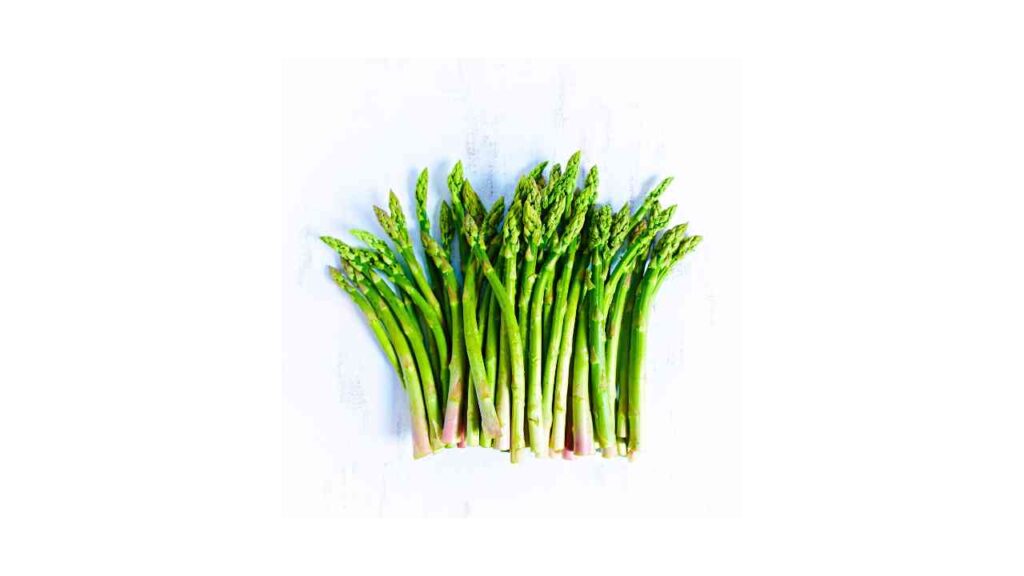
Many people in the United States love the Mary Washington variety, and they have for more than one hundred years. It’s an old-fashioned type that has been used for many years. Zones 3 to 8 are best for it. For the best yield, this asparagus likes full or partial sun. The stalks are dark green with purple tips. The long stalks are all the same length, and the fluffy, green leaves look nice.
Purple Passion Asparagus
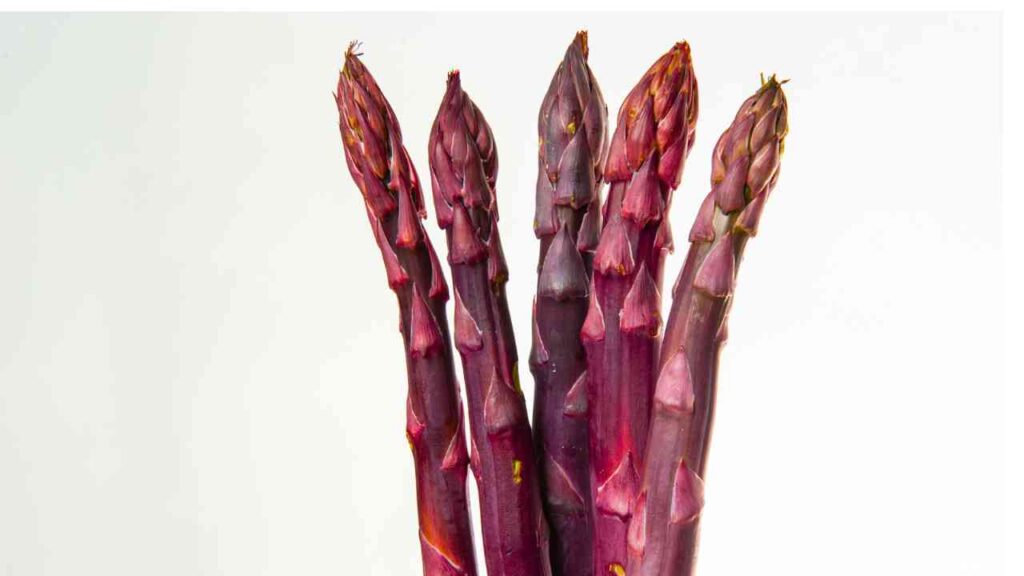
The Purple Passion type is, as you might guess, purple, and it gets lighter as it cooks. It tasted more soft because of this, because it has more sugar in it. Because it’s a “connoisseur” variety, you won’t find it as often in shops as its green cousins. It cooks well, freezes well, and is often used in salads. Zones 3 through 8 are best for this type.
UC 157 Asparagus
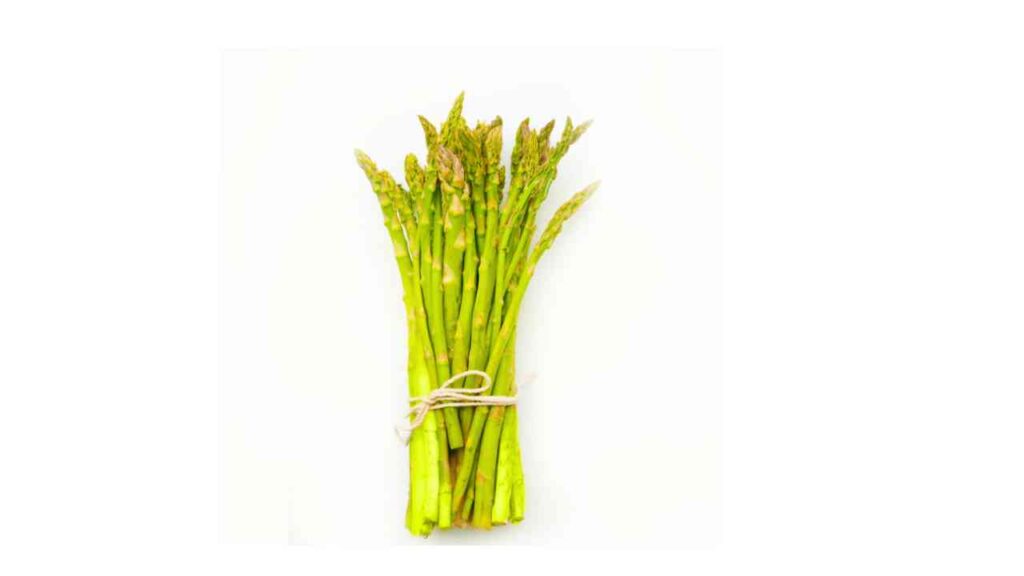
In 1978, both male and female plants were used to make this mixed type of asparagus. It has a very high yield, which makes it one of the most famous and useful varieties in America. This type grows well in all growing zones, but it does best in warmer ones. Asparagus doesn’t get many diseases that normally kill plants. Its color is pale green, and its stalks are all the same length.
Viking KB3 Asparagus
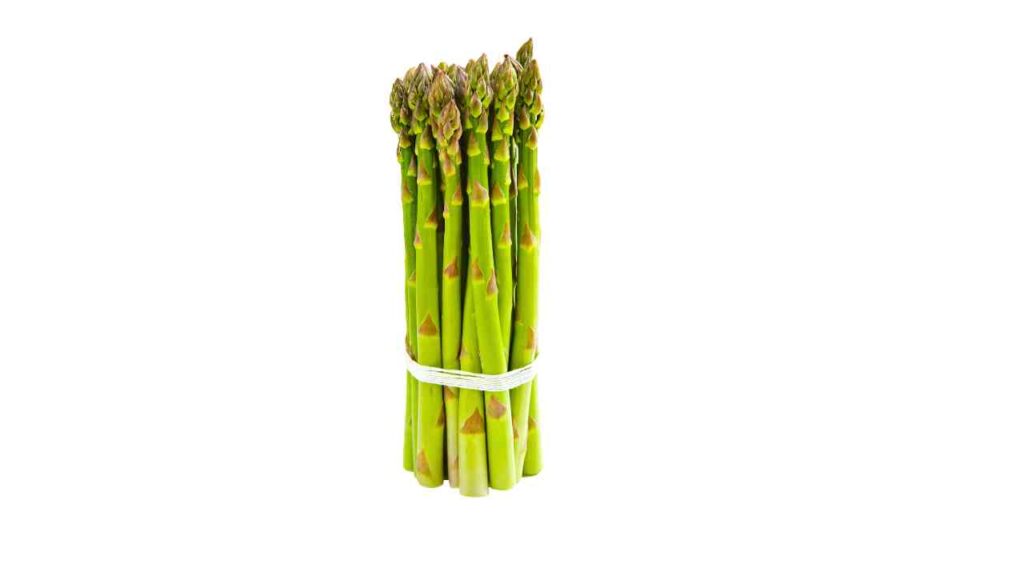
Another new type of mixed asparagus is this one, which is a type of Mary Washington. It is a strong type that makes a lot of stalks, which makes it another popular choice for businesses. The stalks of this type should be picked when they are thin. It usually gets 10 inches long. It can also be picked early, and the meaty taste is delicious. That kind of plant can grow in most climate zones. There are both males and females in this type.
African Asparagus Fern
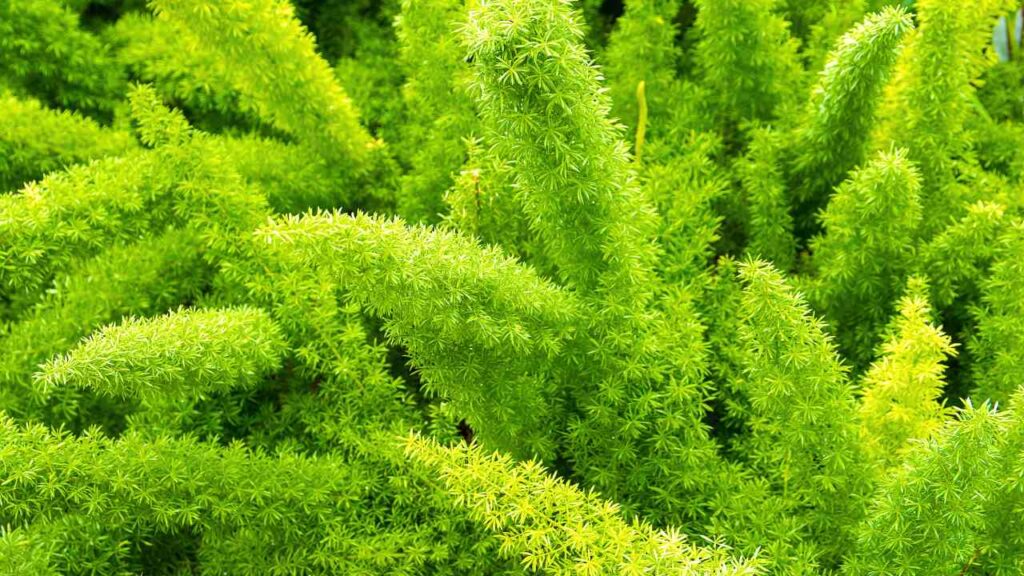
Its beautiful lacy, fern-like leaves make the asparagus fern very popular. It is related to the asparagus. It’s also called wedding creeper. The plant gets tips first, which turn into leaves later. It is meant to look nice, not be eaten. so don’t eat it. Animals can’t handle the sap, which is called sapogenin, and long-term contact with it can irritate the skin.
It is useful in the yard, though, and it also does well as an indoor plant. You can also plant it in areas where most other plants won’t grow, adding a splash of color and texture to your garden. Growing is simple. When it’s time to eat, just stick to the other kinds.
Last Thoughts
You can pick from different kinds of asparagus. You can choose from a wide range of colors, thicknesses, tastes, and yield times. Some options work better in certain areas, which could mean that one is better for you and where you live.
Some plants do well no matter where you are. And luckily, once you have your asparagus patch set up, they are all lovely simple to take care of and will keep growing for years to come.
Some types of asparagus can be frozen, even though they are only in season for a few weeks each year. If you are insatiable with this delicate spring vegetable throughout the year, consider cultivating a substantial asparagus patch and freezing a sufficient quantity to enjoy it annually.

